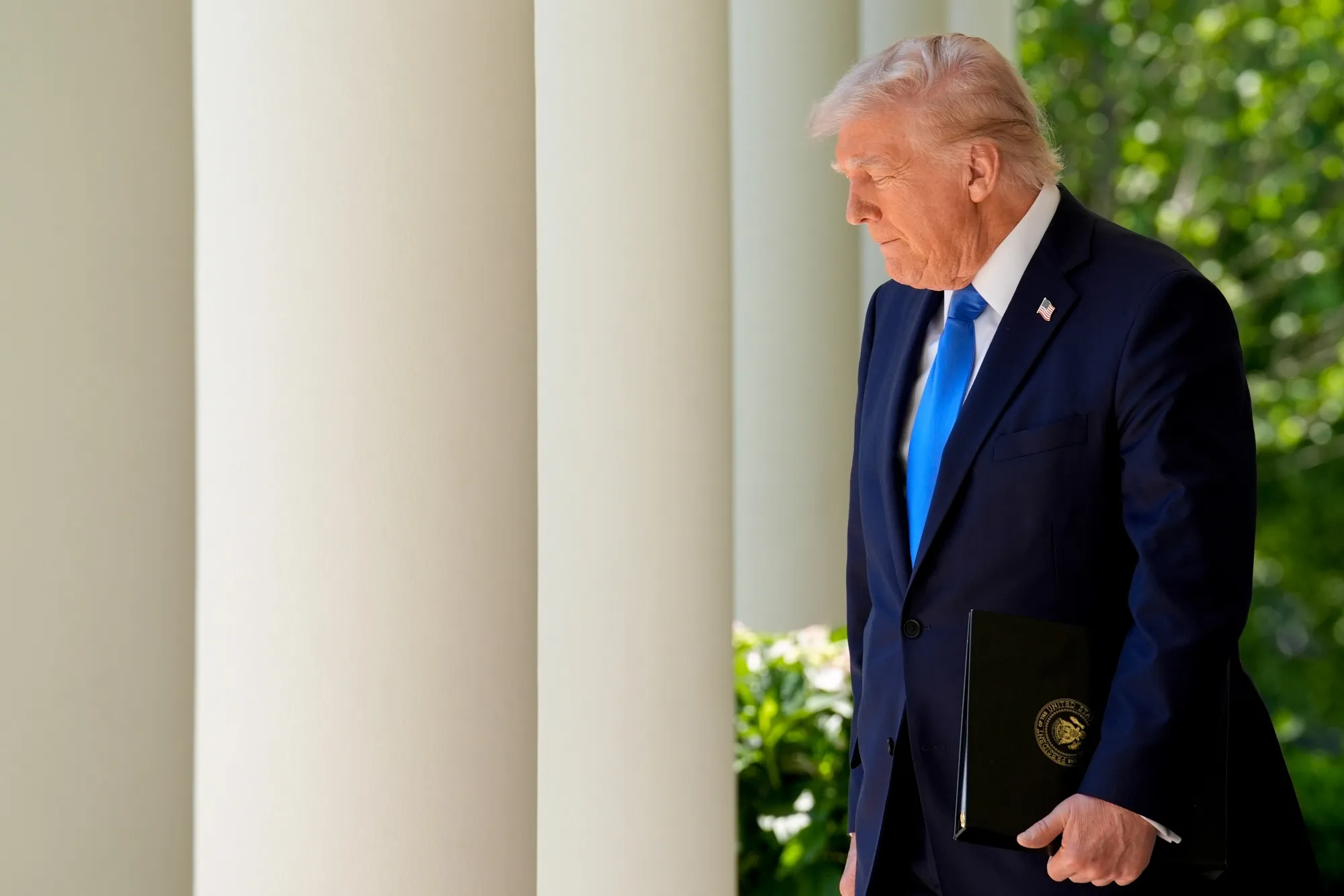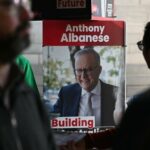Washington, D.C. – The White House Office of Management and Budget (OMB) has released President Donald Trump’s topline discretionary request for the Fiscal Year 2026 Budget. Dubbed the “Skinny Budget,” the proposal signals a dramatic pivot in federal priorities, cutting non-defense discretionary spending by 23%—a reduction of $163 billion from the 2025 enacted level—while channeling historic increases into defense, border enforcement, veterans’ care, and infrastructure development.

A Historic Reversal: Cutting the ‘Weaponized Deep State’
The administration frames this budget as a decisive rollback of what it calls a “weaponized deep state,” promising to eliminate funding for DEI (Diversity, Equity, and Inclusion) and critical race theory programs. The budget proposal eliminates over 40 Department of Justice grant programs tied to “radical” initiatives, redirecting funds toward law enforcement and anti-gang operations.
Defense and Homeland Security: Unprecedented Boosts

Defense spending is projected to rise by 13%, with a major focus on deterrence against China and rebuilding America’s defense industrial base. Simultaneously, the Department of Homeland Security’s appropriations are set to rise by nearly 65%, aiming to fund increased ICE detention beds, advanced border technologies, and over 26,000 Customs and Border Protection officers. The administration’s goal: implement a “mass removal campaign” to address illegal immigration and border control.
Foreign Aid Realigned, NASA Refocused
In alignment with the “America First” doctrine, foreign aid would be consolidated and made performance-based. The U.S. Agency for International Development (USAID) would be merged into the State Department. On the space front, NASA’s budget is redirected toward lunar and Mars missions, cutting “green aviation” and climate programs in favor of human spaceflight innovation.
Ending the ‘Woke Agenda’ in Federal Agencies
The budget vows to “defund the harmful woke, Marxist agenda,” eliminating grant programs focused on intersectionality, LGBTQIA+ youth, and racial equity audits. Several grant examples—like housing equity programs in Los Angeles and DEI training for Fa’afafine advocates in Samoa—are cited as misuse of taxpayer funds.
Veterans, Health, and Education Priorities
Healthcare for veterans receives a substantial boost, including $50 billion from the Toxic Exposures Fund and $1.1 billion to combat veterans’ homelessness. The proposed “Make America Healthy Again” (MAHA) initiative targets nutrition, lifestyle diseases, and food safety, introducing “MAHA food boxes” sourced from American farms.
On education, the budget initiates the phased shutdown of the Department of Education, while maintaining funding for Title I and special education under IDEA. It consolidates numerous K-12 and special education programs into simplified block grants and adds $500 million for charter school expansion.
Workforce Development and Energy Policy
The “Make America Skilled Again” (MASA) program gives states flexibility in job training, emphasizing apprenticeships over college pathways. In energy policy, the budget cancels over $20 billion in “Green New Scam” projects, instead funding fossil fuel, nuclear, and mineral development to promote energy independence.
AI, Quantum Research, and Wildfire Response
The proposal includes substantial investments in artificial intelligence and quantum computing to secure U.S. technological leadership. It also establishes a new Federal Wildland Fire Service under the Department of the Interior, consolidating firefighting responsibilities to combat escalating wildfire threats more efficiently.
A Bold Statement Ahead of an Election Year
OMB Director Russ Vought described the budget as a turning point: “This is a historic Budget—one that ends the funding of our decline, puts Americans first, and delivers unprecedented support to our military and homeland security.”
Whether this budget gains legislative traction or becomes a political blueprint for the 2026 elections, it underscores the Trump administration’s unwavering shift toward national security, economic nationalism, and cultural conservatism.









